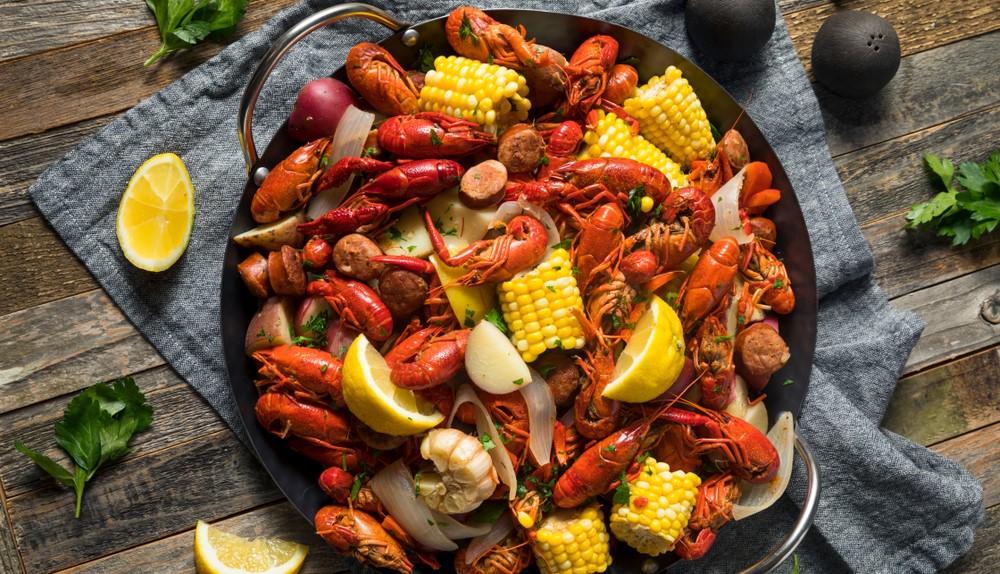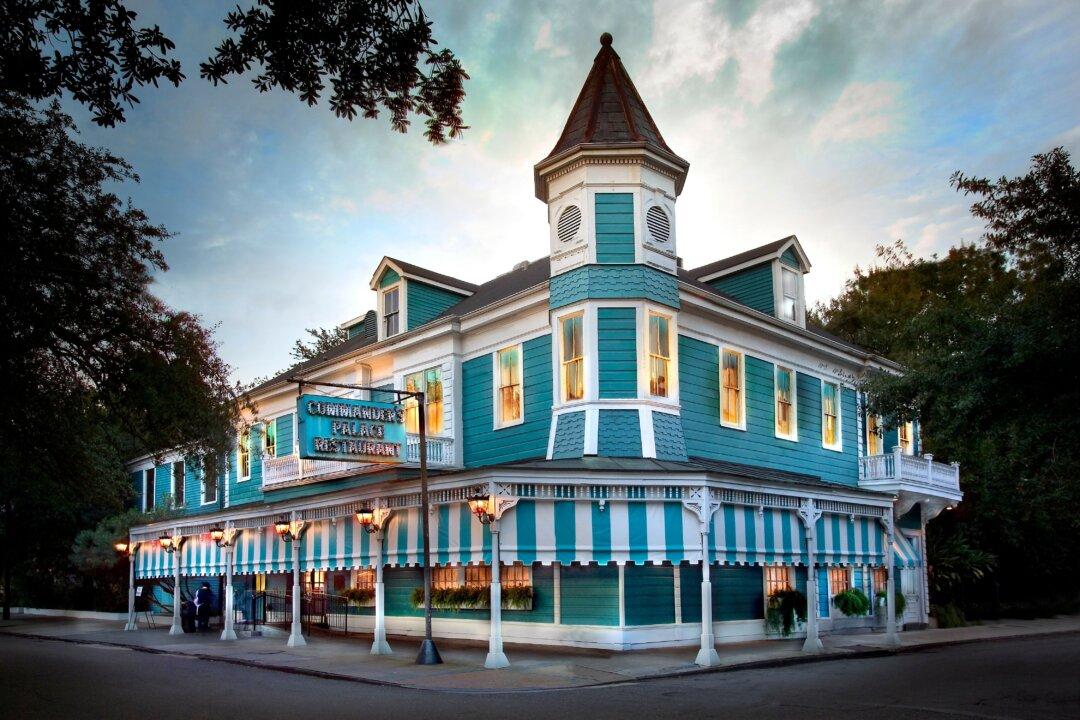As a college student at Tulane University in New Orleans, I was indoctrinated into the culture of the Cajun seafood boil. The boil is part of Louisiana’s culture and community, from church and family gatherings to college fraternity parties.
Sitting or standing elbow-to-elbow with fellow feasters, peeling away shells and sucking out the sweet meat inside, with hot juices dripping down your chin and through your fingers—the experience is pure decadence. The heat from the spicy boil hits the back of your throat, and you reach for an icy beer or local Barq’s root beer to cool things down.





